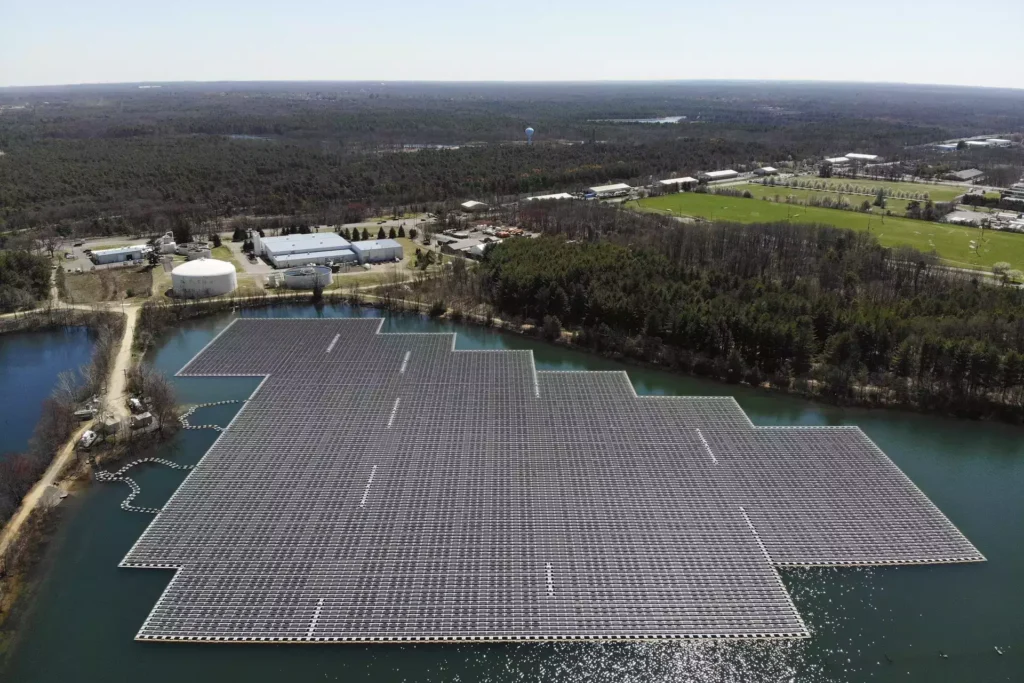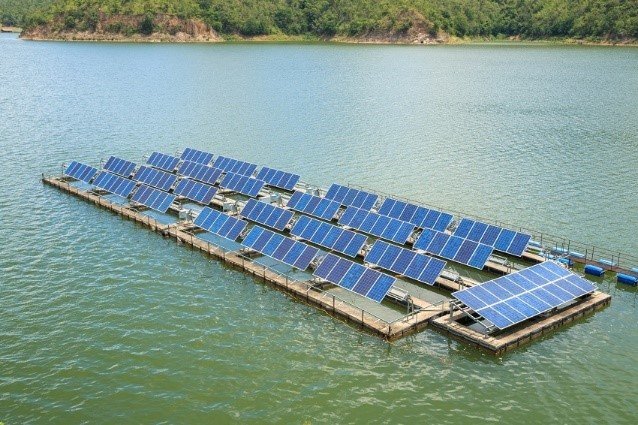The global solar industry, especially PV developers, are contending with restricted land availability and rising land costs for ground-mount solar projects so the demand for floating solar installations is expanding by leaps and bounds.

According to Wood Mackenzie, the worldwide floating solar industry will reach 6 gigawatts by 2031. This rise is being driven mostly by PV developers who, in order to satisfy expanding solar demand, are investigating alternate development options.
The report goes on to illustrate how it is developing rapidly in Asia, but it is also rising rapidly in Europe and the United States.
Floating solar is expected to have a steady market share compared to overall global solar demand, with the compounded annual growth rate (CAGR) for floating solar (FPV) expected to rise 15% in the next ten years. 15 countries are forecasted to exceed 500 megawatts (MW) of cumulative FPV installations by 2031, with Indonesia, India and China making up almost 70% of the total FPV demand in 2022.

Despite development costs of FPVs ranging between 20-50% higher than comparable ground-mount projects, increased competitiveness in the developer and EPC landscape is helping to drive down costs in the sector.

This tendency is projected to continue and even increase since there is simply no new land entering the market, particularly near where the electricity is required (bigger cities, which are frequently located near a body of water or the ocean). As a result, individuals will continue to need to innovate in order to produce more renewable energy. This does not necessarily imply better cell technology, but having more locations to put cells equals more solar electricity.
Reference- Wood Mackenzie Report, PV Magazine, National Geographic, Clean Technica






